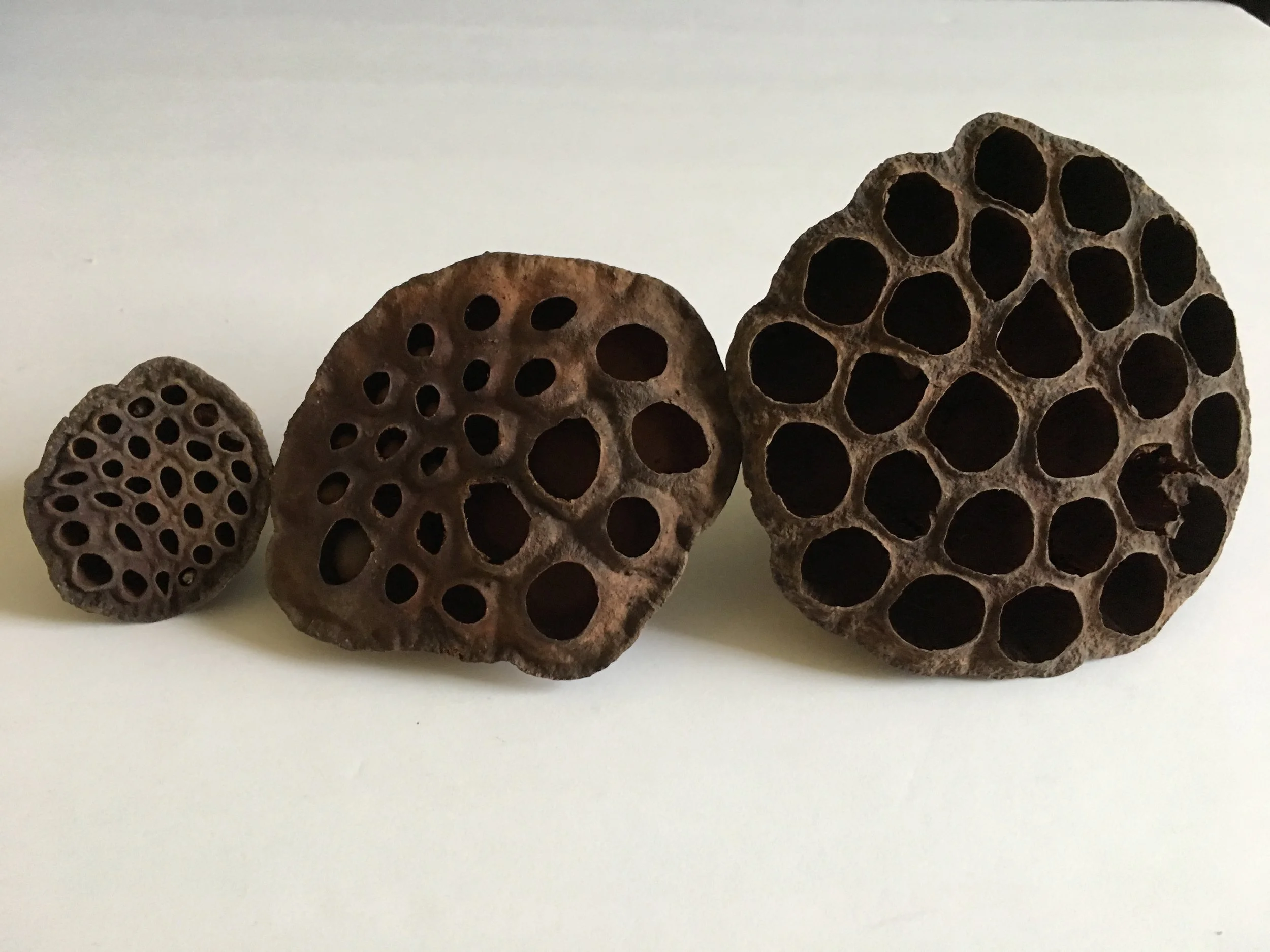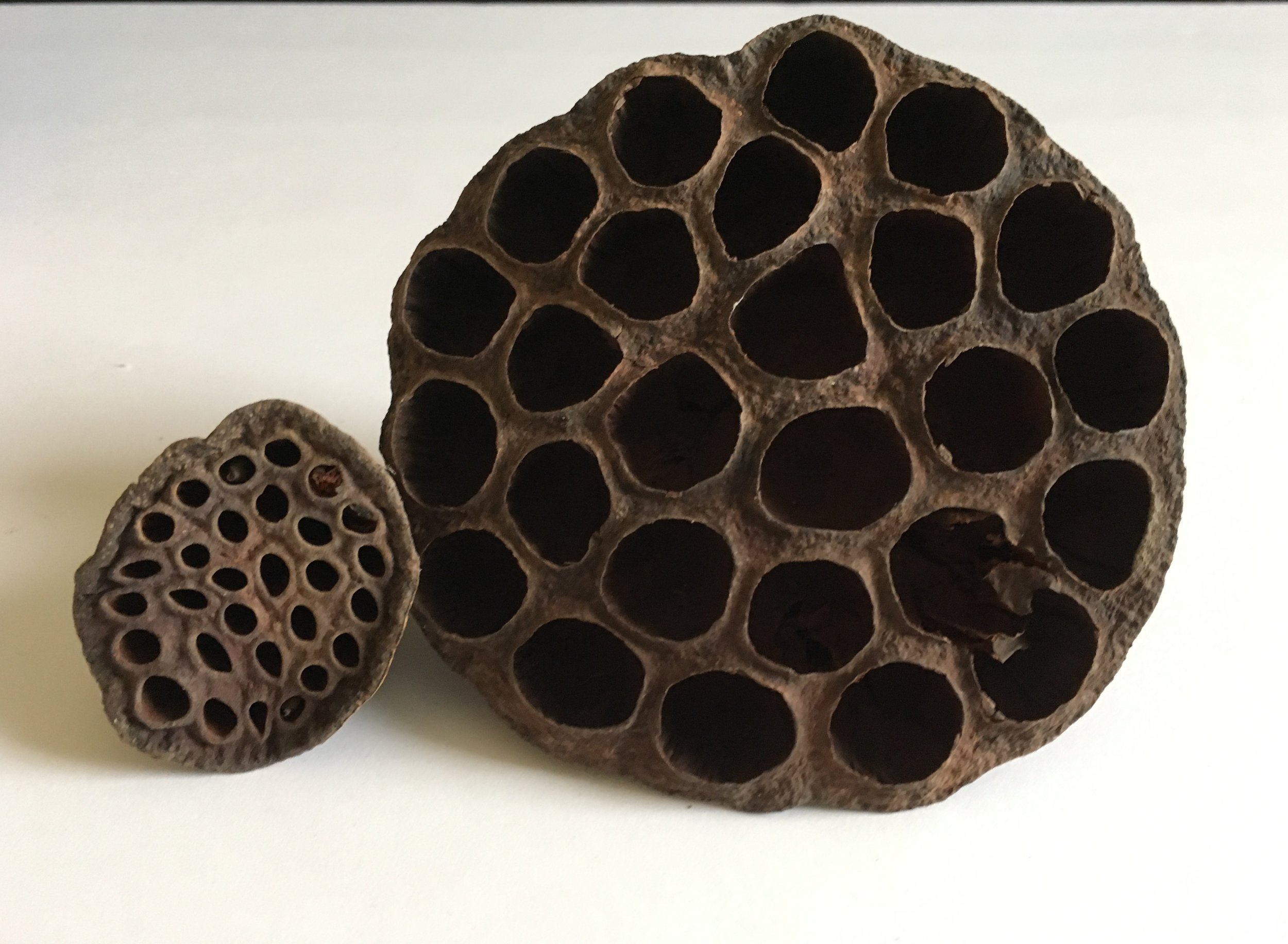This week I was in a 1st grade classroom observing a lesson about adjectives. The students worked with partners to match small pictures, all the same size, with the corresponding comparison word. They needed to figure out that an apple was big, a pineapple was bigger, and a watermelon was the biggest. While it seemed a simple game, it actually required more critical thinking. The child needed to look at the picture and imagine the size of the object in real life, compare it to the other objects, and then use their understanding of the terms to make a match. The literacy activity required knowledge of math!
This playful invitation encourages adults to find objects, then use direct comparison to label each one as big, bigger and biggest or long, longer and longest. Remember… introducing math vocabulary in authentic situations, using real materials, brings the learning to life.
PLAYFUL INVITATION
1. Prepare: Gather natural materials that are different sizes. Compare the materials so one is noticeably big, bigger and biggest, or long, longer and longest. I will use a collection of Lotus pods and sticks.
Observe the child throughout the interaction. Use the Invitation to Play Documentation Tool to collect data.
2. Invite: Come see what I have here. Let the child touch and explore the materials before asking him/her to use them for math. Begin by asking, What do you notice about these things? Listen.
3. Play: Can you tell me which one is the biggest? Show the child a smaller object and ask, Is it bigger than this one? Continue to compare the objects talking about which is bigger.
Then ask the child if he/she can put the objects in order from Big to Bigger to Biggest?
If the child struggles to order the objects, model, then explicitly point and say, “Look this is big, but this one is bigger, and this one is the biggest!!”
Make connections to favorite stories, like Goldilocks and the Three Bears, or to family members. You are getting so big, but your brother is bigger, and Daddy is the biggest!
Find ways to do the same playful invitation using length. Talk about how items are Long, Longer and Longest.
4. Reflect and Assess: What did you notice while you played? Did the child determine which was the biggest? longest? Maybe they labeled one as “small” or “short,” revealing their understanding of comparison and opposites. Was the child able to order the materials without labeling? Was the child able to order the objects and label them big, bigger and biggest? Sometimes children show us what they know even when they don’t have the language to explain.
Ready: Introducing math words and comparing objects can be beneficial for children of any age (even older infants and toddlers). The child is ready to show their own knowledge of comparison words if he/she compares objects based on their attributes. The child should have heard the terms “big” and “long” in conversations or storybooks.
Ready to move on: The child easily labels the objects Big, Bigger and Biggest or Long, Longer and Longest.
Extend: Grab an item and ask the child to find another that is bigger or longer. Use an assortment of items to compare (not just similar items that vary in size). For example, instead of using three rocks of varying sizes, use an acorn, a river rock, and a large pinecone. One more idea is to begin talking about ways to use measurement tools to be more precise as you figure out the size of an object.
MATH LANGUAGE
Critical thinking- the analysis of facts to form a judgement.
Comparison- to look at two or more objects and determine how they are similar or different.
Precision- accurate or exact.










